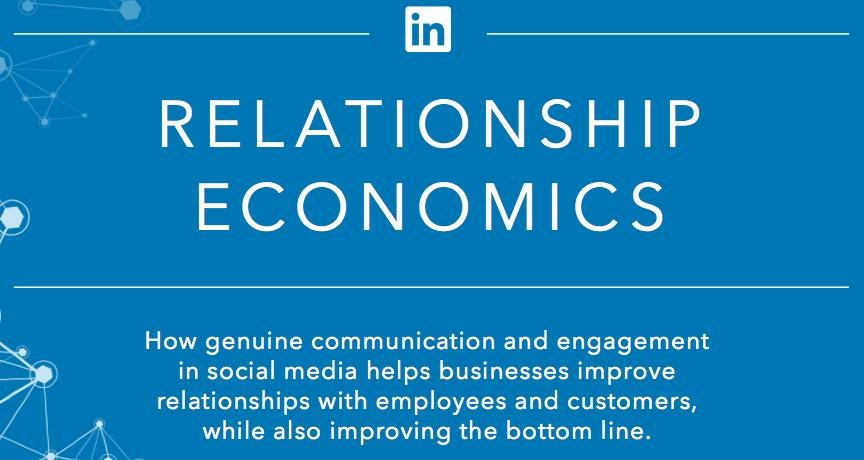Community Investing Transforming the World One Community at a Time
Post on: 16 Март, 2015 No Comment

Posted on Tuesday, April 12, 2011
by Andy Loving, CFP®, AIF®
Investment Advisor Representative
Community investing has been an important component of many socially responsible investment portfolios for years and it is growing rapidly as it funnels investment capital to where it is needed most and can have the greatest impact.
What is Community Investing?
Simply put, community investing directs investment capital to communities ignored by traditional financial institutions. It provides access to credit, equity, capital, and basic banking products-services that most of us take for granted. Without community investing, many poor communities would lack access to some of the most basic financial services, such as savings and checking accounts and financing for vital community services such as affordable housing, childcare, and small businesses.
Catalyst for Change
The focus of community investing is on economically disadvantaged people and communities. Community investing enables people to pull themselves up by their own bootstraps. One prominent community investing institution says its purpose is to end poverty through investment; an ambitious goal, but a goal with very clear intention and direction. The purpose of community investing is fulfilled when a community development bank in the United States helps a poor, minority family buy their first home and experience the pride of homeownership and the empowerment of building family wealth. The purpose of community investing is fulfilled when a poor woman in Bolivia gets a microcredit loan to expand a food stand in a local market, significantly increasing her family income and enabling her children to stay in school.
Can community investing continue its rapid growth in the coming years and serve as a catalyst for positive change across the globe? The possibility is very real.
Glass Half-Full or Half-Empty?
Community investing has grown tremendously in recent years. The Social Investment Forum’s 1995 Trends Report found only $4 billion invested in domestic community investing institutions. By 2010, assets had grown to over $41 billion, more than ten times the 1995 level. The glass seems half-full doesn’t it?
At the same time, $41 billion is barely more than 1% of the $3 trillion* professionally managed on behalf of socially aware investors in America, which is just 12% of all professionally managed assets in the U.S. From this viewpoint, the $41 billion invested with community development banking institutions seems almost a pittance and the glass appears half-empty.
A Solid Foundation: Community Development Financial Institutions
One cannot discuss community investing without talking about the 81 Community Development Financial Institutions (CDFIs) and over 300 other community-based lending institutions nationwide that hold the bulk of community investment assets and do most of the day-to-day, grassroots work of community investing. The CDFI designation is given to a group of banks, credit unions, community loan funds, and affordable housing developers that meet criteria of the U.S. Department of the Treasury. These institutions provide financial services, and in some cases, related education, mentoring, and technical support, to low income people and communities. CDFIs provide basic banking services along with financing for rental housing, childcare facilities, small businesses, non-profit social service providers, charter schools, and other purposes.
Innovations Hold the Key to the Future
Let’s look for a moment at some examples of the innovations and institutions in the community investing arena that make it such a potentially important agent for positive change.
Microcredit, a relatively new term describing small loans aimed at enabling poor people to increase their incomes, is a crucial innovation of this generation. Dr. Muhammad Yunus started making very small loans to very poor women in Bangladesh in the mid 1970s and saw his microcredit idea grow into a worldwide movement that has provided credit to more than 100 million poor people, mostly women. The global microfinance industry has grown even faster than U.S. community investing in the past decade. Dr. Yunus and the Grameen Bank were awarded the 2006 Nobel Peace Prize, and in 2009 Dr. Yunus received the Presidential Medal of Freedom-the highest civilian honor given in the United States.
In a world of increasing inequity between the rich and poor, the fast pace of growth for microfinance is being outpaced by the growing demand. Worldwide, tens of billions of dollars are now being loaned through microcredit, but the estimated need is almost 10 times the amount currently available. The question is whether the amalgam of government, international financial, commercial, pension fund, institutional, and individual investors will step up to provide the capital needed in the years ahead.
Calvert Foundation is an example of innovation and leadership in this arena. A non-profit sister organization to Calvert Investments, the socially responsible mutual fund company, Calvert Foundation
provides capital to more than 250 organizations in the United States and internationally. Groups working on affordable housing, microfinance, small business development, and non-profit facility development have received loans to rehabilitate and build over 19,000 units of affordable housing, finance over 26,000 non-profit facilities, and create more than 500,000 jobs. In recent years, Calvert Foundation has started making loans to a wide range of social enterprises, like fair trade cooperatives and providers of environmental solutions in low income communities.
What Are the Risks?
The perception that low-income people are bad credit risks has been a barrier for some potential investors. However, the real-world track records of a broad range of community investments are proving this perception wrong. Microfinance repayment rates around the world are consistently above 95%. The Calvert Foundation portfolio has experienced a 1% default rate and has maintained a 100% repayment rate to investors over its 15 years. In the U.S. loan default rates at CDFIs are consistently lower that the default rates of large commercial banks, and comparable to the default rates at small commercial banks. And, the recent rush by for-profit banks into microfinance offers ample evidence that the risk of community investments is manageable.

Because of the perceived high default risk of low-income customers, many banks that serve this market (not CDFIs) do so by offering complicated loans with high interest and fees. As we have seen since 2008, the cost has been tragically steep for individuals who have lost their homes, companies that have closed for lack of financing, and broad suffering across nearly all facets of society from a severe economic downturn. But, community investing is not the subprime lending that contributed to the recent financial system crisis. Community investing can be a better way forward.
Traditional community investments tend to be fixed rate, lower yielding instruments such as CDs, savings accounts, fixed rate notes, money market accounts, and checking accounts. While some of these community investments pay market-rate returns-returns that are competitive with the wider financial arena-many community investments with the highest social impact pay below-market returns.
Investors who participate in community investing often decide to soften their standard approach, as defined by maximum return for commensurate risk (market-rate returns), in exchange for positive social impact. A key determining factor in the growth of community investing will be whether more investors will accept lower financial returns in exchange for social impact with more of their investment assets.
How to Invest
Lack of basic knowledge of investment opportunities and the difficulty of the investing process with many community investing instruments were barriers to participation in the past. However, increased educational efforts and new, innovative investment opportunities like electronic community investment notes and CDFI CDs on brokerage platforms are making community investing much more accessible.
For example, Calvert Foundation’s Community Investment Notes are available electronically to investment professionals and their clients at 75 brokerage firms, as well as to individual investors. Some CDFIs offer web-based accounts and services comparable to commercial banks, thus allowing investors to easily meet their everyday banking needs (e.g. checking accounts) while providing needed capital to community development financial institutions. Deposits of up to $50 million into certain CDFI banks through a program called CDARS (Certificate of Deposit Account Registry Service®) are covered by FDIC insurance. Individuals with as little as $25 can participate in some on-line community investing services such as Kiva.org and Microplace.com.
The Evolution of Community Investing
A 2009 study published by the Monitor Institute and funded by the Rockefeller Foundation discusses the potential development of what they call impact investing, which includes environmental and clean-tech investing, along with community investing. The authors of Investing for Social & Environmental Impact say that using profit-seeking investments to generate social and environmental good is moving from a periphery of activist investors to the core of mainstream financial institutions. The authors believe that an increasing number of investors are willing to accept below-market rates on more of their investments in return for higher social impact. The study concludes that impact investing has the potential to grow to $500 billion in five to ten years. While many improvements in infrastructure are needed to make this kind of growth possible, there is potential for impact investing to become a transformational force for positive change.
The challenges of meeting the great needs of low-income communities and closing the rapidly expanding gap between the rich and poor can seem overwhelming. Fortunately, community investing has already proven to be an important tool in the fight against poverty. While its effectiveness is constrained by the relatively small number of dollars invested, community investing is poised to reach beyond its current core of activist investors and into the mainstream. As it attracts the necessary resources, community investing has the potential to help transform poor neighborhoods into vibrant, self-sustaining communities around the world.
The views expressed in Deeper Thinking are those of the author and First Affirmative and may not be consistent with the views of individual investment advisors, broker-dealers, or RIA firms doing business with First Affirmative. Mention of a specific company, security, or investment is not a recommendation to buy or sell that security or investment. For information regarding the suitability of any investment, please contact your financial advisor.
Subscribe to the RSS Feed














